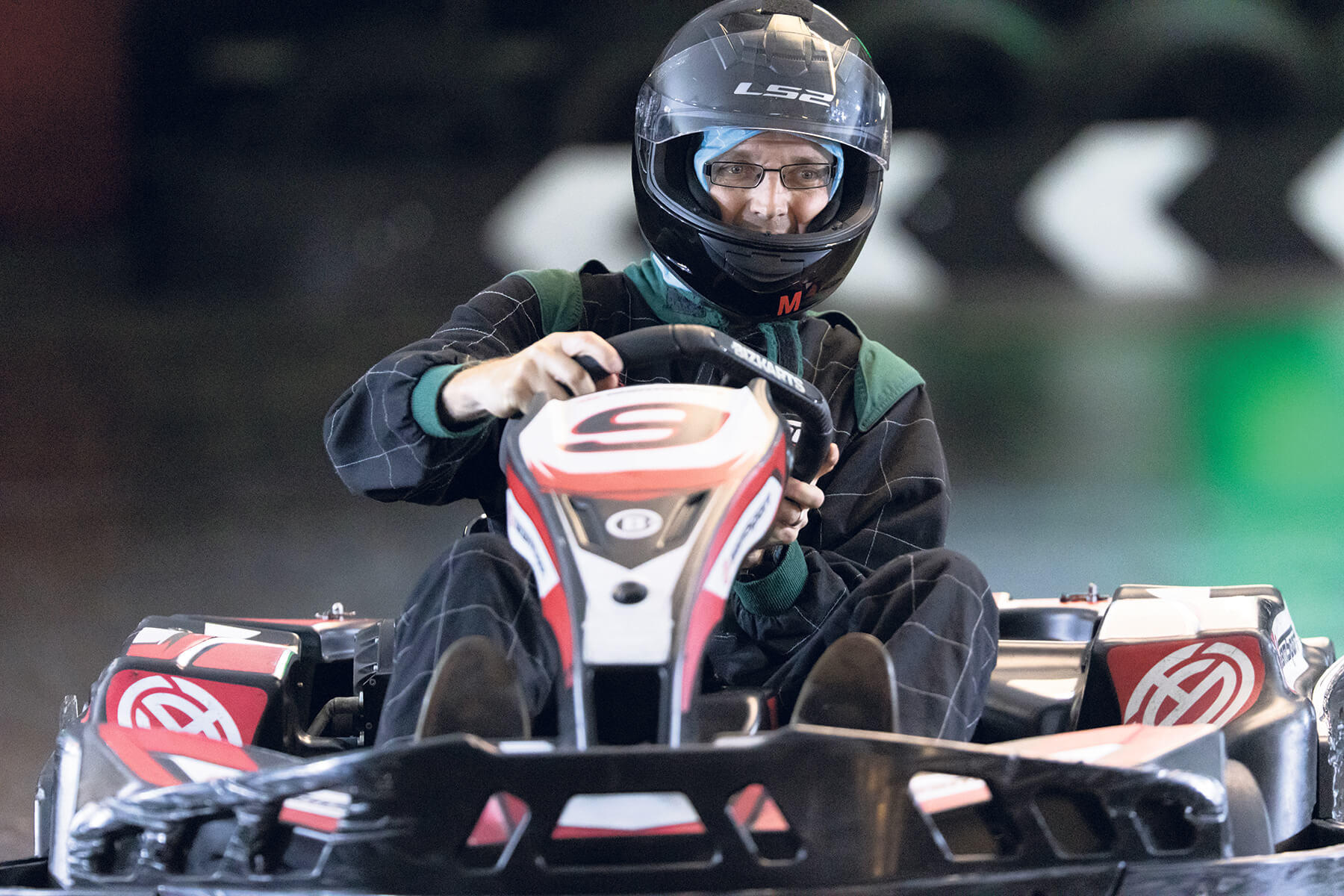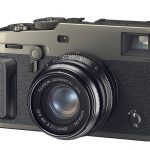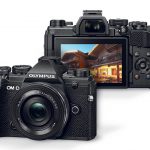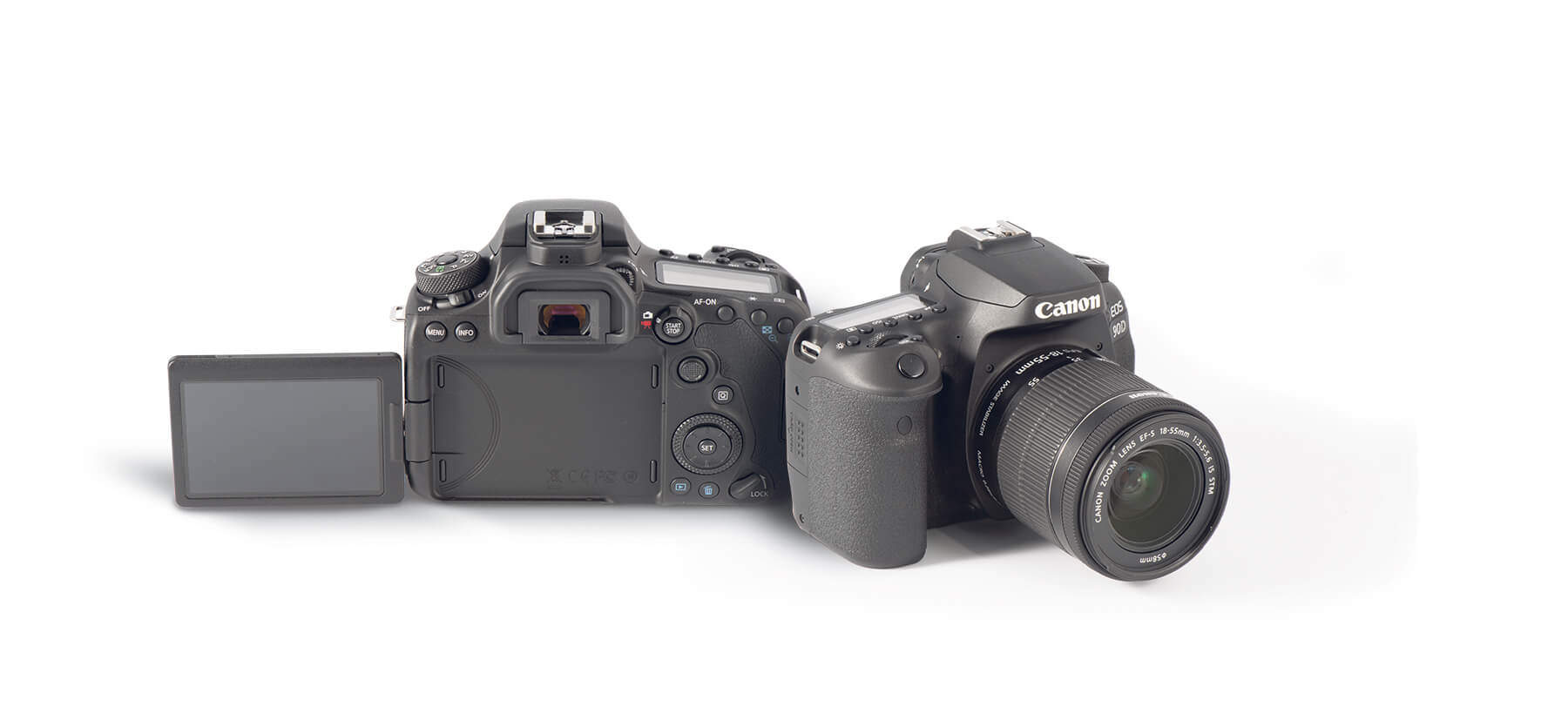
Canon EOS 90D test: all around quality
Posted on Nov 29, 2019
Boasting a brand-new high pixel count, APS-C format sensor and an impressive updated feature set, the Canon EOS 90D is certain to appeal to photographers of all levels seeking a quality DSLR camera.
If you keep up with what’s happening in the world of cameras, it won’t have escaped your notice that full-frame and mirrorless are two terms that are being bandied around a lot at the moment. An awful lot. Needless to say, while mirrorless models have benefits, cameras with reflex mirrors and optical viewfinders are still big sellers and great value, too, while formats other than full-frame are available and the APS-C format remains massively popular and capable. As if we needed reminding of that, Canon launched two cameras of that format recently; the mirrorless EOS M6 Mark II and the DSLR tested here, the EOS 90D.
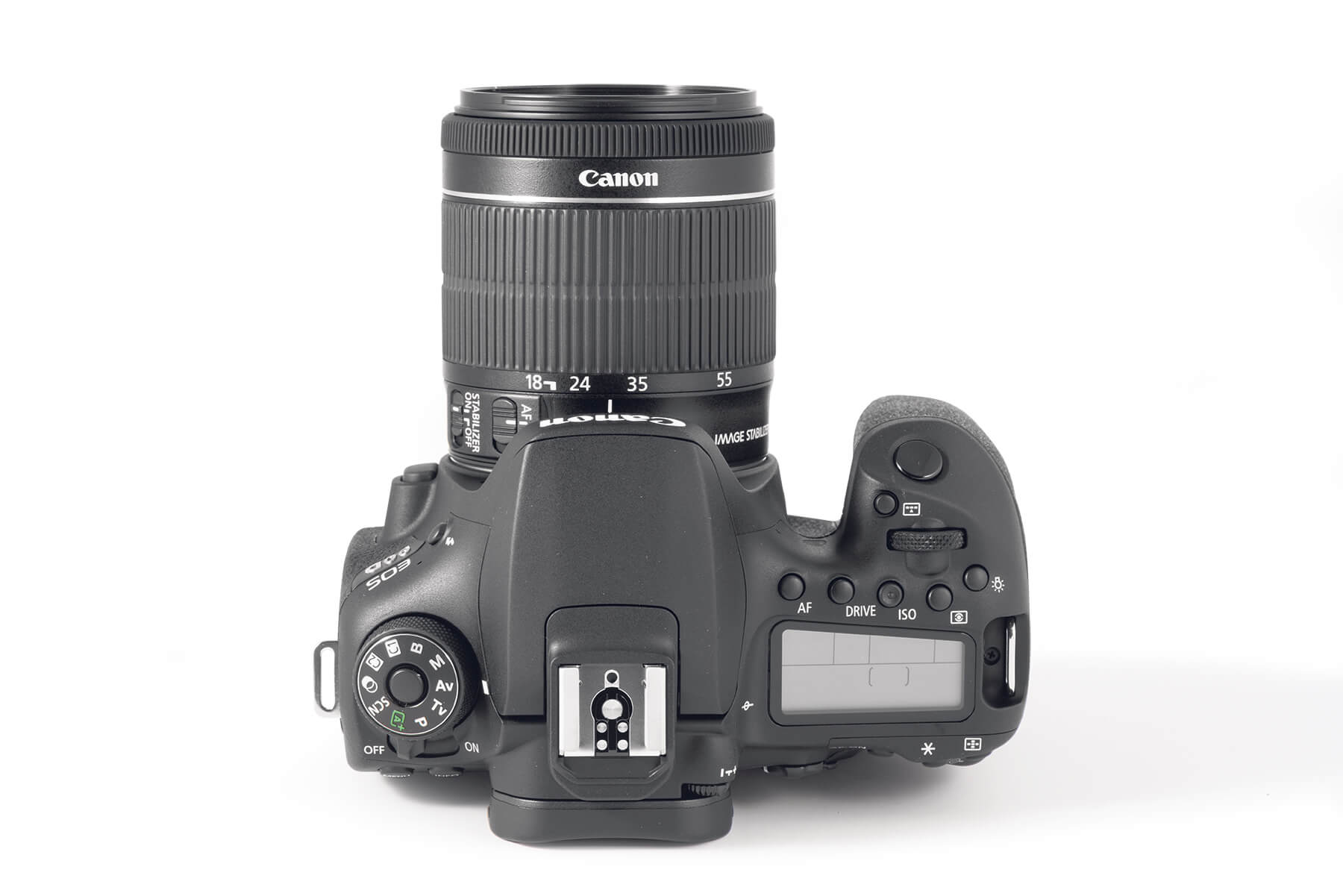
Image The EOS 90D’s layout is very ‘Canon’. Existing system users will immediately find themselves at home, and it’s easy for newcomers, too
This EOS 90D now sits at the top of Canon’s APS-C DSLR range and sells for £1299 with the EF-S 18-55mm f/3.5-5.6 IS STM standard zoom; and it is this combination that I tested here. To give the EOS 90D’s AF system more of a trial, I also used the EF100-400mm f/4.5-5.6L IS II USM.
A look at the specification shows this camera has plenty of potential. Top of the list is Canon’s newly developed sensor, the first APS-C sensor to boast 32.5 megapixels. Then there’s Dual Pixel CMOS AF with 88% image coverage available for live view shooting, while for viewfinder shooting there’s a 45-point all cross-type phase-detect system and 10fps continuous shooting with AF tracking. Add weather sealing, focus bracketing, silent shooting (via live view) and the ability to give 1300 shots from a full battery, and you have a camera with a broad appeal. By the way, that 1300 shots capacity figure is with the LP-E6N battery, the same cell that fits over a dozen Canon DSLRs, but without that sort of life. The EOS 90D is a very efficient camera.
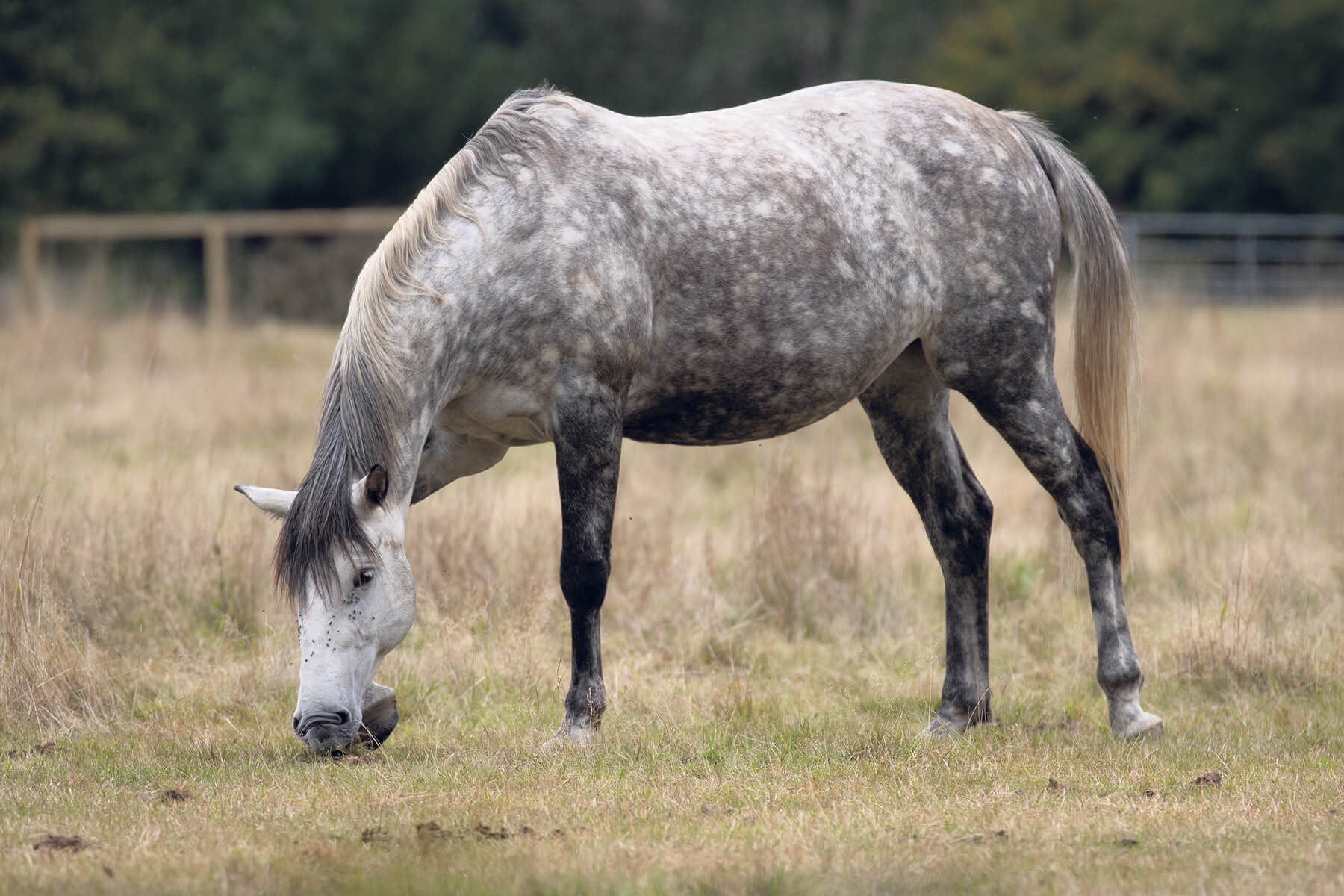
Image Shot with Canon’s EF 100-400mm lens, the EOS 90D’s new sensor does a great job rendering fine detail
Current Canon users and system newbies will find themselves at home very quickly with the EOS 90D thanks to its tried and tested control layout. The combined on/off switch and exposure dial dominates the top plate’s left side while on the right there is a large, very informative LCD panel with a whole array of control buttons nearby. Having the ISO button so close by is a significant plus point and means settings can be altered while the camera is up to the eye. It is perhaps odd though that the AF, DRIVE and metering pattern buttons are here, too; there’s no readout in the viewfinder regarding these features in the same way as ISO/compensation, so the camera has to be brought down from the eye to use those controls. That said, many users will use the EOS 90D’s live view anyway – push the button to the right of the viewfinder eyepiece to activate live view.
Speaking of the viewfinder, it has been a while since I tested a DSLR with an optical viewfinder and I found the EOS 90D’s a very good example, with a contrasty, crisp image so no problems at all checking critical focus and composition. However, while it is true that the EOS 90D’s viewing is good, it’s no advance from most other DSLRs. There’s ample information, too, outside of the frame, with 45 AF cross points on view, depending on what has been set. The EOS 90D is typical of DSLRs and the AF point coverage does not extend too far beyond the centre of the screen and compares poorly with live view AF where there is near 100% vertical coverage and 88% horizontal coverage.
Performance test: ISO
Click the images to see a larger view
These test shots were taken in CR3 Raw format and processed in Adobe Lightroom with no noise reduction applied. In-camera noise reduction was turned off, too. It was late in the evening and the exposure for the ISO 100 shot was 1.6sec at f/11.
Starting at ISO 100 and 200, as you would expect, images are very smooth and clean and moving to ISO 400 reveals faint graining in areas of smooth tone, although some work in software would get rid of it. Up to ISO 800 and the noise is more prominent, even though it is still very acceptable.
Noise continues to creep up and, viewed at 100% on screen, by ISO 1600 fine detail starts to suffer. With sympathetic processing, there should be no problem getting large prints from this speed for critical use. I think you could still get away with large prints at ISO 3200, but the saturation may need a boost and even more noise reduction applied, taking care of course not to smudge the fine detail.
Shoot at ISO 6400 and expect noise, but this speed can deliver fine results if an action stopping speed is the priority. Just look at the go-karting shots on the following page where the only option was to shoot at such ISOs for action-stopping shutter speeds.
Up to ISO 12,800 and beyond and the levels of digital noise are very high, so use with care.
To sum up, the EOS 90D gives a generally sound digital noise performance and while graining does start to appear even at ISO 400 and 800 you can get great quality at ISO 1600 and even 6400.
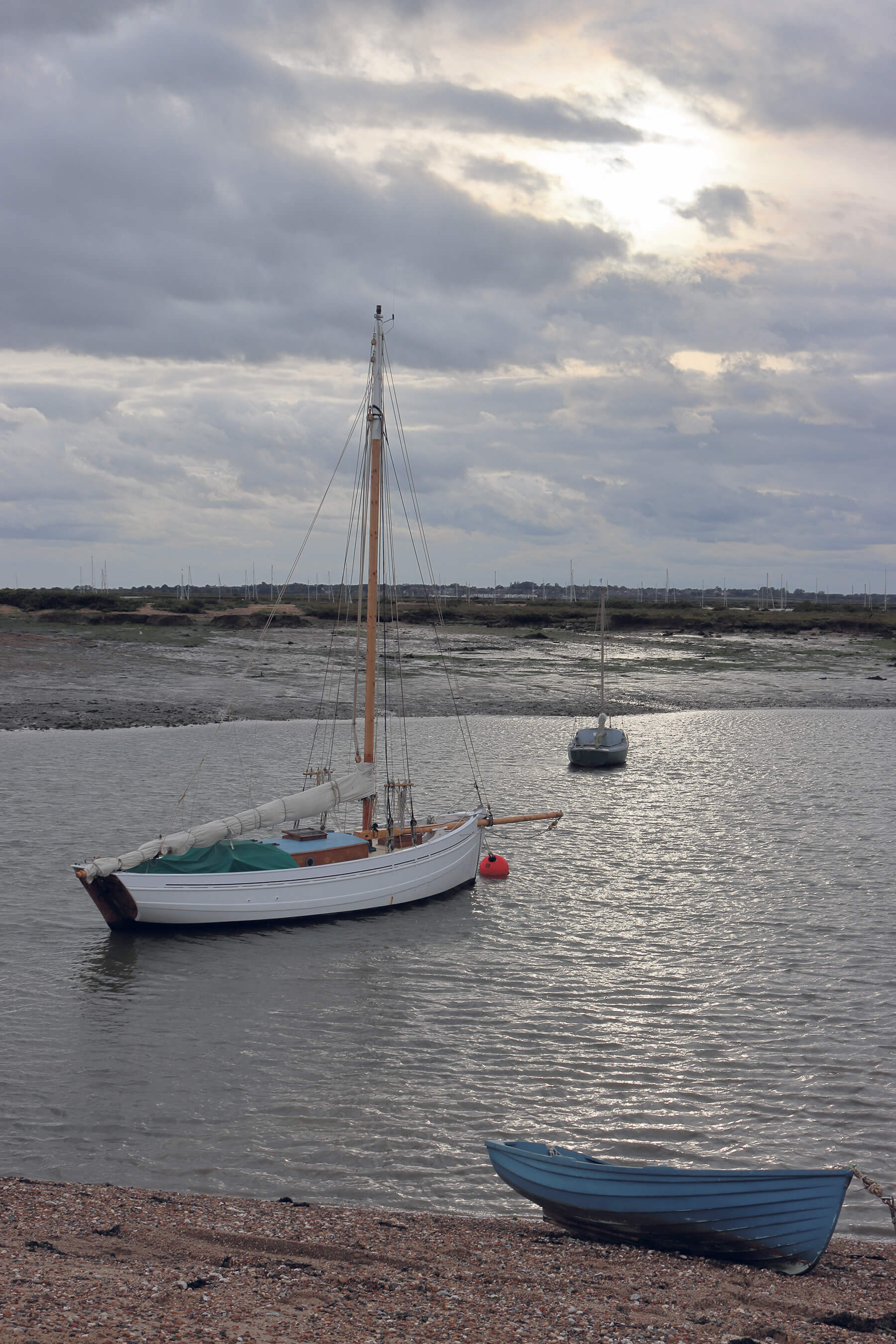
There’s an AF selector button next to the front input dial which means you can access focus point selection very quickly and also means you have the option of using your forefinger or your thumb to adjust AF point selection.
On the rear panel, apart from the AF selector button, there’s a decent size AF-ON button that’s perfect for the right thumb; no need to alter digit position to use it, and there’s a focus lever, too. Such controls used to be the province of top-end cameras so it is wonderful that the feature is finding its way onto more enthusiast-focused cameras. The EOS 90D’s lever is a good one and works well, being responsive and positive in use. However if you prefer, the large multi controller on the rear can also be used to navigate the AF point around.
The EOS 90D has a quick menu (the Q button) and this calls up many frequently used features such as ISO setting, aperture, drive mode and exposure compensation to be adjusted on the touchscreen.
The touchscreen comes in very useful for selecting and setting up menu items. You can use the physical controls such as the two input dials to find your way around the menu structure, but the touchscreen is faster and probably more intuitive for many. The touchscreen also comes into play for touch focusing/shooting and during image playback, too. Personally, I found the touchscreen good to use for many functions, but found touch shooting too sensitive and I took more than a few shots of the ground, my boots and the sky just by brushing the monitor. Adjusting the touch sensitivity didn’t help but the good news is that the camera can be set to have touch control without touch shooting so you can have the best of both worlds. For street shooting in live view, I did have touch AF/shoot and face detection active together with the silent shutter and that set-up worked nicely.
Press the Q button and that brings up the quick menu. If you like to tailor a camera’s functions and features to your way of working, the EOS 90D does give you that opportunity, although not quite as extensively as the leading mirrorless models. Nevertheless, the depth-of-field preview button has nine options, the exposure lock ten and the set button 18, so plenty of choice.
The camera delivered a consistently good performance and produced very fine Raws and out-of-camera JPEGs. The 32.5-megapixel sensor meant 58.9x39cm (or 23×15.5in in old money) files at 300ppi with no software interpolation and I got some lovely prints with the supplied EF-S 18-55mm f/3.5-5.6 lens.
That said, I wondered if I would get even better shots with higher spec optics, because images shot with this lens even on a tripod at f/11 lacked sparkle, and fine detail seemed to lack bite. Of course, this might simply be because this lens is not good enough for the higher resolution sensor or it might be due to the sensor’s optical low-pass filter, installed to help defeat moiré and false colours. Either way, there is probably even more quality potential in this high-resolution sensor.
Performance test: exposure latitude
The scene was manually metered at 1/100sec at f/11 with the EOS 90D in its evaluative measuring mode, and then exposure bracketed in 1EV intervals up to +/-3EV. The originals all started life as Raw files and exposure corrected in Adobe Lightroom.
Overexposing by +1EV and +2EV gave Raws with good potential for full recovery with minimal editing work – there could be a colour shift with the +2EV files. Depending on the scene, with strong lighting +3EV was about the limit and highlight areas looked grey and flat. In scenes of lower contrast, though, +3EV files could be recovered okay with some colour adjustment, so this isn’t a bad showing from the sensor.
There was a good showing from underexposed shots, too, and -3EV and even -4EV shots looked fine in terms of tonality and saturation. The penalty was noise though. In the -3EV there was a level of noise in areas of even tone that made an ISO 100 shot look like it was exposed at ISO 1600. The noise level dropped significantly at -2EV and fell again at -1EV so that the latter looked the same as the correctly exposed shot.
Images The EOS 90D’s Raw files offer plenty of potential for exposure correction
The high pixel count gives the ability to crop in for a decent subject size with minimal pixellation. When shooting subjects like action and nature, even a long lens still might not be enough for a good subject size, so this is a welcome opportunity.
High-contrast scenes were also handled well and the Raws responded well in Lightroom with highlight and shadow control.
Exposures were generally very good in a broad range of lighting situations and predictable, too. This means you can dial in some compensation before even raising the camera to the eye; and that’s a good thing. Live view exposures were equally consistent.
Performance test: autofocusing
This sequence was shot using the EOS 90D fitted with an EF200mm f/2 lens at a Canon event. What the still pictures can’t tell you was how grim the lighting was at this indoor go-karting track, even though the appalling existing lighting was supplemented by several powerful LED continuous lights. However, the camera’s live view AF tracked the subject really well coming towards the camera, as you can see here. The exposure was 1/800sec at f/2 and ISO 6400. It should be said that the go-karts were coming around a sharp bend so they suddenly appeared in view and at speed; so the camera did not always lock onto the subject successfully or quickly enough to then track. When it did lock on, though, the AF did really well as you can see here – the amazing EF 200mm f/2 lens helped too.
Where there was more of a performance difference between using the optical viewfinder and live view was with autofocusing. In general, shooting the EOS 90D’s AF – via the viewfinder or live view – the camera does a capable job. But faced with more challenging situations, live view AF could do better and more reliably.
Live view AF, with its broader coverage and Dual Pixel AF, does a better job with moving subjects, plus there are more features such as focus bracketing, face/eye detection and touch AF which is much faster to use than shifting focus point using the focus lever.
Servo AF works well once a subject is acquired. The face/eye detect does a good job of keeping track with the subject as it moves around the frame – obviously this depends on speed and how it’s moving. For how well the live view AF can perform check out the sequence above, shot at an indoor go-karting track.
The EOS 90D doesn’t have any image stabilisation built-in, so you have to rely on the IS provided on many Canon EF-S/EF lenses. Lens IS is less effective compared with in-body systems, especially for video shooting, so that is something to be aware of. There is a two-level digital IS for 4K and full HD video shooting and this comes at the cost of image cropping – the higher, enhanced setting gives a significant crop, but does give a smooth result even when walking with the camera.
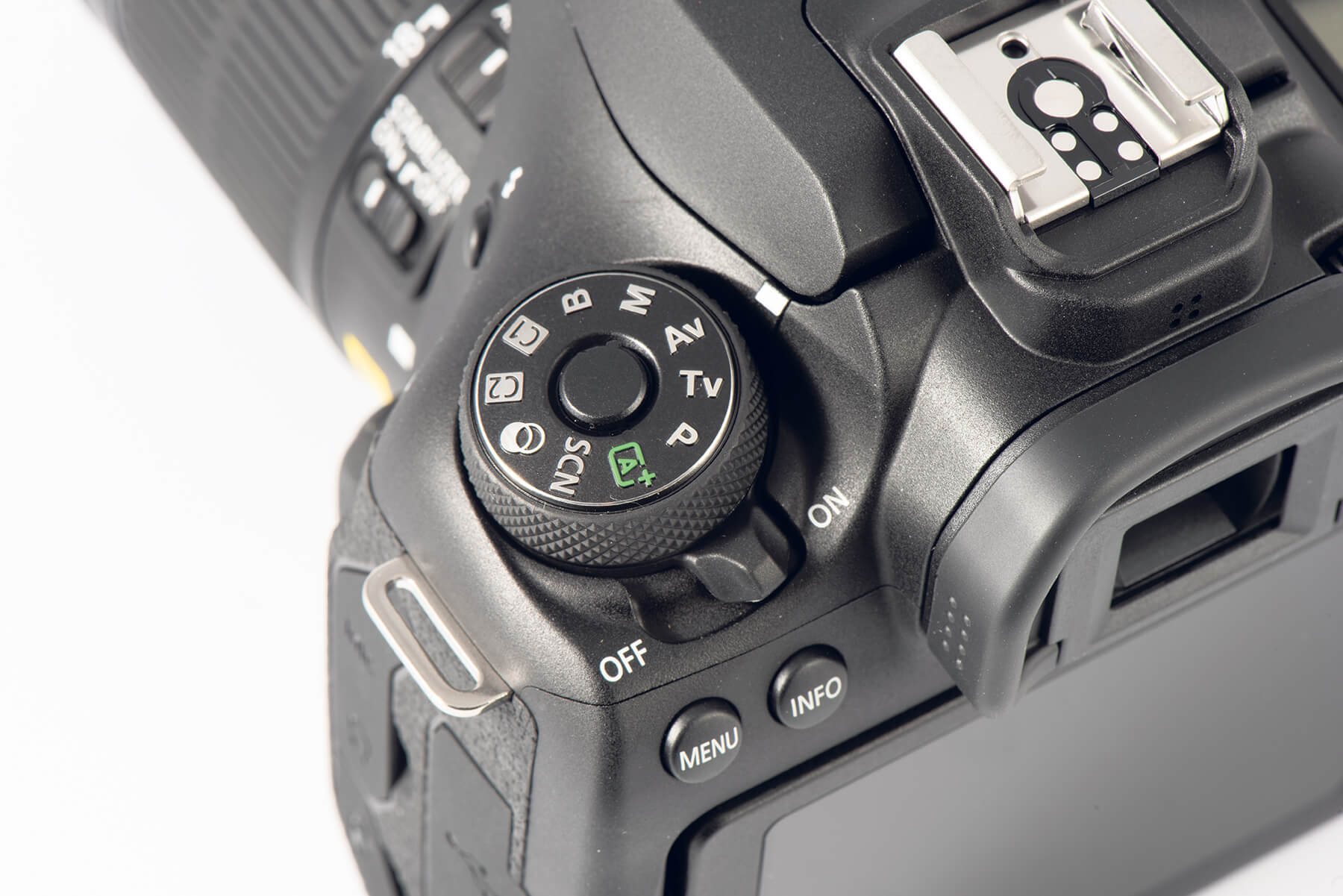
Image The EOS 90D’s layout is clear and key controls are clearly indicated and positive in use
Verdict
The EOS 90D sits top of Canon’s APS-C DSLR range and it does so with good reason. It is a very capable, user-friendly DSLR and its feature set is more than enough to tempt prospective buyers.
For many, the star attraction might be the camera’s high pixel count and having 32.5 megapixels available from an APS-C sized sensor is very welcome and impressive. For others, it might be the camera’s AF skills – although these are most evident when live view is used, and not through the optical viewfinder – or even the fact that the battery can give 1300 shots from one full charge.
Whatever the key buying factors, there’s no doubt that the Canon EOS 90D is an impressive camera and maybe the future is not all full-frame and mirrorless.
Pros: Overall control layout, 32.5 megapixels, live view AF, headphone port, 4K video, articulating touchscreen
Cons: Size, AF point too easily moved when touchscreen AF set
| Features | 23/25 |
The main attraction is the sensor, but there’s a rich feature set |
| Handling | 23/25 | Typically Canon, so very good and intuitive |
| Performance | 23/25 | Accurate exposures and AF, decent ISO performance, too |
| Value for money | 23/25 | Rates good value and worth a look if a leading DSLR is what your heart desires |
| Overall | 92/100 | The EOS 90D is a capable camera that handles very well |
For more information, please visit the Canon website.
As featured in issue 72 of Photography News.

















